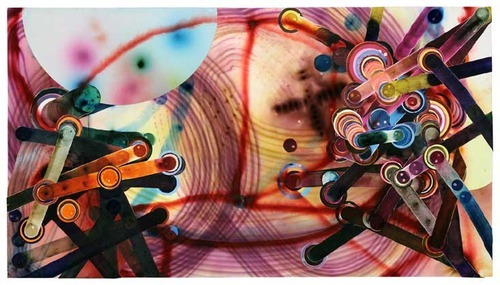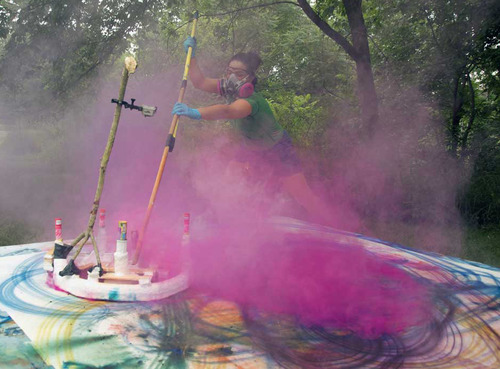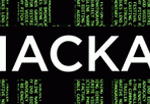Con Edison Immigrant Artist Program Newsletter, Issue No. 55
Featured Artist: Rosemarie Fiore
Rosemarie Fiore (Fellowship, Printmaking/ Drawing/Artists Books, 2009) served as mentor for the Immigrant Artist Program (IAP) in 2012, as part of her fellowship, and again in 2013. IAP interviewed Rosemarie to learn more about her experience supporting the individual career goals of two artists from different countries and cultural backgrounds, as well as her overall thoughts on participating in the Mentoring Program.
IAP: In 2013, NYFA reached out for the first time to alumni of the Immigrant Artist Mentoring Program to serve as IAP mentors. What prompted you to respond and offer to mentor another artist? Can you speak to the motivations?
RF: As a New Yorker, and having grown up with grandparents who would tell their own stories of immigration, I feel strongly about supporting immigrant artists. When NYFA approached me to become a mentor, I had already worked as a professional artist in New York City for over 10 years. Early in my career, many organizations, artists, and art professionals supported me as I struggled to navigate the New York art world. I decided to become a mentor because I felt a strong desire to give back by helping support artists who were just beginning their careers in the city.
IAP: As you look back at the two years of mentoring, what similarities or differences did you encounter with your mentees?
RF: Both my mentees and I share the desire to nurture a long-term career as an artist in New York City. This means having affordable workspaces and studio time to create work while managing finances and supporting a sensible lifestyle. The Mentoring Program gave us an opportunity to brainstorm and explore options concerning time management, income and potential opportunities.
This past year, my mentee, Lucia Pedi, was a performance artist from Sicily. We shared a common heritage, as my grandparents were Sicilian immigrants. Connecting with my mentee through her work was important to me, because as a result of our conversations, I began to see my own work through the lens of Sicilian mythology and ritual.
IAP: Are there particular personal achievements you experienced through mentoring that you could describe?
RF: Artist empowerment through mentoring is important to me. Each mentee comes to the Mentoring Program with specific areas of their practice that need support. As a mentor, it’s essential to be open to your mentees’ needs, and to not give in to the urge to push your own ideas or agenda on them. As the mentees participate in the program’s meetings, lectures and panel discussions, they become empowered. For me, seeing this empowerment emerge and grow is personally rewarding, and an achievement for both mentee and mentor.

IAP: In previous conversations, we’ve talked about the network and community that have been fostered by the Mentoring Program. Can you describe in what ways that has manifested itself?
RF: During the two years I’ve been involved with the Mentoring Program, I’ve seen the community expand in many ways. The relationships formed through the Mentoring Program do not end after the three-month program period. The program’s presence on the web is strong, and this is one way we stay in touch. Past and present participants regularly share experiences, resources and opportunities on the program’s [members-only] Facebook page. I communicate with my mentees and fellow mentors often, as we see each other at openings and NYFA events, where we meet and continue to support each other.
Some mentees decide to return to the program as mentors. One such artist has recently started an artist residency program in her country. Her program will bring foreign artists to Italy, where they will share their work and ideas with the local community. This is just one of many examples of the Mentoring Program’s network spanning the globe.
IAP: You are an established artist, with significant awards, exhibition history, and commercial representation. What advice do you find yourself offering the mentees you’ve worked with that might be of interest to our immigrant artist community?
RF: I would suggest that they try to keep their overhead expenses as low as possible. New York is expensive. A low overhead gives you more time to spend in the studio. Think about ditching the home cable and using the NYC library system for Internet, music, films and books. Always work on new proposals, grants, or applications. Have at least one application pending out in the world at all times. Reapply to things, and don’t be discouraged by rejection.
IAP: Are there any shows coming up where are artists can see your work?
RF: I will be having a solo exhibit this summer in Hong Kong at the SCAD Moot Gallery. My next New York City solo show will be in early 2015 at Lehman College Art Gallery in the Bronx.
Rosemarie Fiore lives and works in Bronx, NY. She typically produces artwork out of the actions of mechanisms. She converts popular technology such as lawn mowers, cars, waffle irons, floor polishers, pinball machines, fireworks. Rosemarie’s work can be found online at www.rosemariefiore.com.




